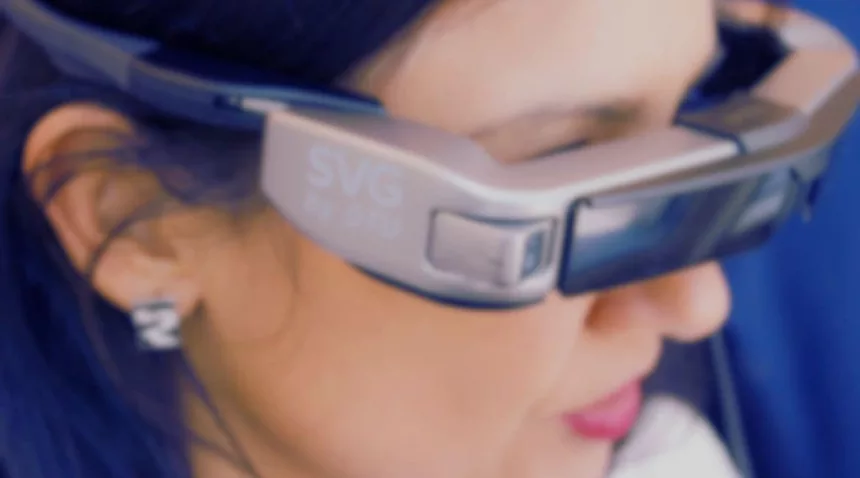Smart glasses are wearable computers that overlay digital information onto the wearer’s field of view. They are similar to eyeglasses, but they have a small computer, display, and battery built into the frame. Smart glasses can be used for a variety of purposes, including:
- Making and receiving phone calls
- Sending and receiving text messages
- Taking pictures and videos
- Browsing the internet
- Playing games
- Getting directions
- Using a virtual assistant
Smart glasses are still a relatively new technology, but they have the potential to revolutionize the way we interact with the world around us. Smart glasses can be classified into three main categories: augmented reality (AR) glasses, Video glasses (VG) and virtual reality (VR) glasses.
Types of Smart Glasses
There are three main types of smart glasses:
1. Augmented reality (AR) glasses: AR glasses overlay digital information onto the wearer’s real-world field of view. This information can be used to provide navigation instructions, translate languages, play games or display other information.
2. Virtual reality (VR) glasses: VR glasses create a completely immersive experience by blocking out the wearer’s real-world environment. This is done by using two small screens, one for each eye, to display images that are created by a computer. VR glasses can be used for gaming, entertainment, and training.
3. Video glasses: Video glasses are similar to AR glasses, but they do not overlay digital information onto the wearer’s field of view. Instead, they display a small screen in front of one of the lenses. This screen can be used to watch videos, play games, or use other applications.
How Do Smart Glasses Work?
Smart glasses typically have a small display and a processor that is embedded in the frame. The display is used to show the user information, while the processor is used to run the applications that power the glasses. Smart glasses also have sensors that can track the user’s movements and environment. This information is used to provide a more immersive experience.
What Are the Benefits of Using Smart Glasses?
There are several benefits to using smart glasses. They can provide hands-free access to information, which can be helpful for people who are busy or have limited mobility. They can also be used to improve productivity, as they can allow users to access information without having to stop what they are doing. Additionally, smart glasses can be used for entertainment and education.
What Are the Challenges of Using Smart Glasses?
There are also some challenges associated with using smart glasses. One challenge is that they can be expensive. Additionally, the battery life of smart glasses is often limited. Another challenge is that smart glasses can be bulky and uncomfortable to wear. Finally, there are some privacy concerns associated with smart glasses, as they can collect data about the user’s surroundings.
The Future of Smart Glasses
The future of smart glasses is bright. As technology advances, smart glasses are becoming more powerful, affordable, and comfortable to wear. This will make them more appealing to a wider range of consumers. Additionally, as the number of smart glasses users grows, there will be more demand for applications that can be used on these devices. This will lead to the development of more innovative and useful applications.
Conclusion
Smart glasses are a powerful new technology that has the potential to change the way we live, work, and play. As they become more affordable and comfortable to wear, they will be adopted by a wider range of consumers. This will lead to the development of more innovative and useful applications, which will further enhance the user experience.










